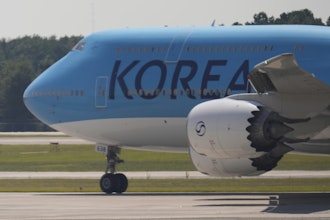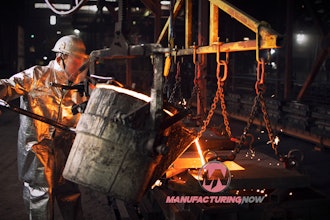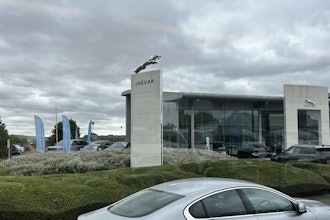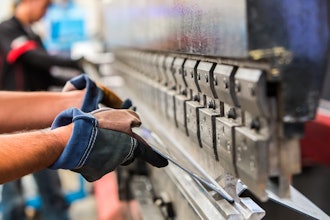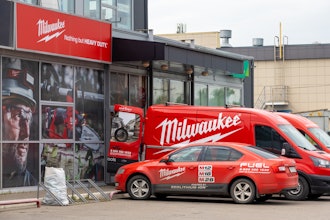Eliminating ingress of moisture and minimizing NVH (noise, vibration and harshness) in vehicles are major concerns for automotive manufacturers. Technical tapes as solutions are becoming increasingly popular with leading vehicle manufacturers and tier suppliers who have benefited from their use in improving vehicle design.
A “light” application
Tier-one supplier, McKechnie, experienced a bonding problem during manufacture of the Ford Focus. The company was using a strip butyl to provide a protective seal around the pre-cut light apertures on the vehicle's tailgate. However, water was still able to seep through the butyl seal, affecting the lights’ functionality.There were other problems too: as the butyl was applied manually – a slow and tricky process – overall productivity targets became an issue. Additionally, the tough and elastic nature of butyls meant cutting was difficult and led to unnecessary waste and mess during application.
McKechnie recognized that there could be a number of possible explanations for the butyl’s failure to protect against moisture: was the substrate itself (i.e. the gasket or the tailgate) unsuitable for sticking to a butyl? Had the wrong type of butyl been selected? Or was it being applied incorrectly?
Anxious to resolve the problem as quickly as possible, McKechnie decided to focus on its core activity of vehicle assembly and outsource the issue of bonding and sealing the substrate to a specialist. Scapa Automotive, a technical tapes manufacturer, was called in to help identify the source of the problem and recommend an effective solution.
Different combinations of adhesive, carrier and liner were tested on each substrate to find a solution capable of bonding both the painted body of the car containing the pre-cut light apertures, and the chromed ABS plastic tailgate. Application of the material as a vital step in production formed a key part of the analysis.
Foams fill the gap
From the potential solutions tested, double-sided foam tapes emerged as the clear winner. Their structure and composition brought a number of advantages compared with other bonding materials.Following results of the audit, application trials on a PVC foam tape – Scapa 5169 – were undertaken. Available as a double-sided product, the tape was selected for its ability to bond, as opposed to just seal, and provide an effective water barrier when compressed. It also acted as an anti-vibration pad, minimizing irritating rattles in the tailgate. The pressure-sensitive acrylic adhesive on both sides of the tape enabled firm bonding to both substrates, while its high conformability compensated for irregularities in both substrates.
A “sound” application
Lightweight body construction and materials combined with the growing complexity of vehicle design, makes the task of minimizing NVH in vehicles increasingly difficult. Yet NVH-related issues are estimated to account for 30% to 40% of total customer complaints in the industry.In a second example, a leading automotive manufacturer sought to rectify a specific problem as quickly and effectively as possible, thereby reducing warranty costs and improving customer satisfaction.
Initially the company was using a tape around the intricate corner edges of the rear quarter light to absorb hollow sounds. However, this was tricky to apply and lifting at the edges meant that a wet adhesive was also used to rectify the problem – slowing the process.
To overcome these difficulties, Scapa looked at ways of applying its in-house converting expertise to develop a die-cut version of Scapa 3829 – a single-sided foam tape. The die-cut piece could be easily applied around the complex corners, both speeding up and simplifying the process resulting in obvious cost efficiencies.
The tape itself was selected to add mass and density around the window trim area and create a solid sound when tapped. This provided an effective ‘cushion’ between the two substrates and an impression of robustness and premium quality. Scapa 3829 offered a die-cut shape and size specifically tailored to the application and eliminating the need for a wet adhesive.
Versatile foam tapes
Foam tapes are proving themselves as a versatile bonding and sealing method in the automotive industry, where they provide protection against moisture, air and dust, and reduce nuisance noise and vibrations. They can be delivered in a range of formats, from rolls to spool-bound bobbins and pre-cut pads and gaskets, in a variety of thicknesses, lengths, shapes, and sizes.
Specialist suppliers such as Scapa Automotive, enable tier manufacturers to access a team of specialized automotive experts who can provide custom-specific advice and product recommendations on a comprehensive range of foam tapes and other sealing and NVH materials.
800-801-0323










